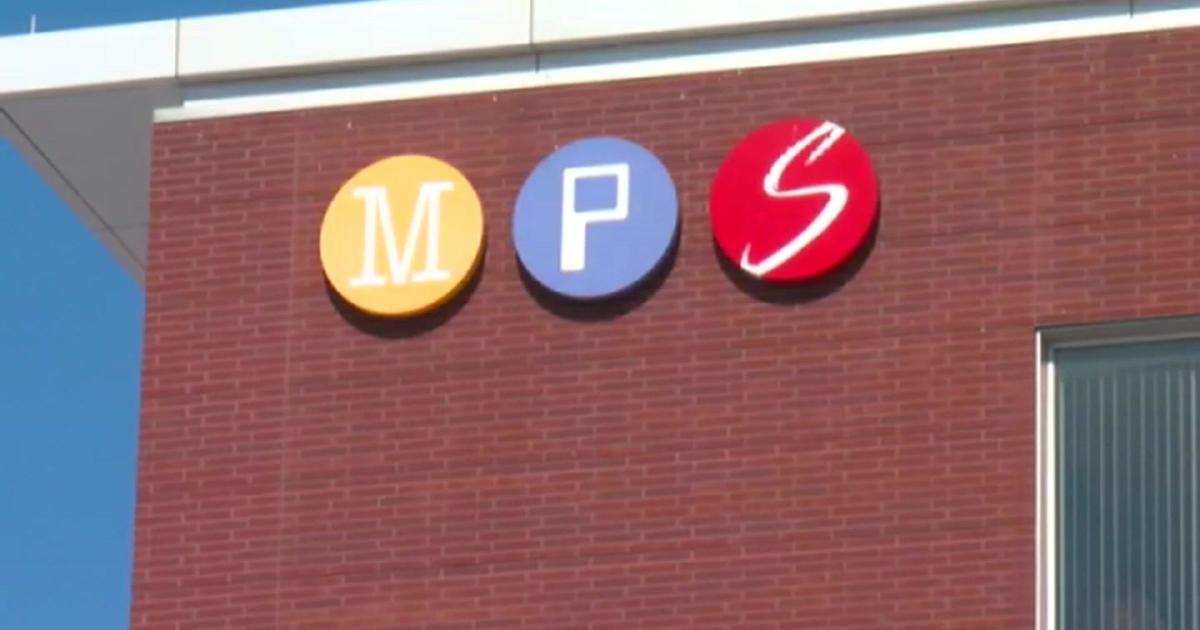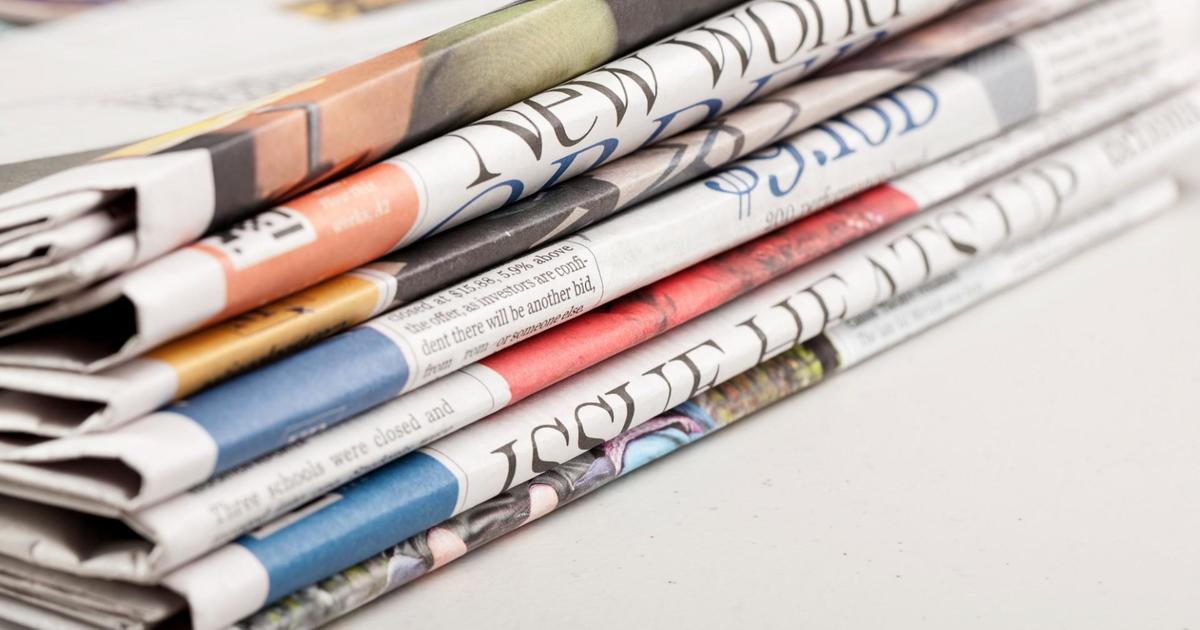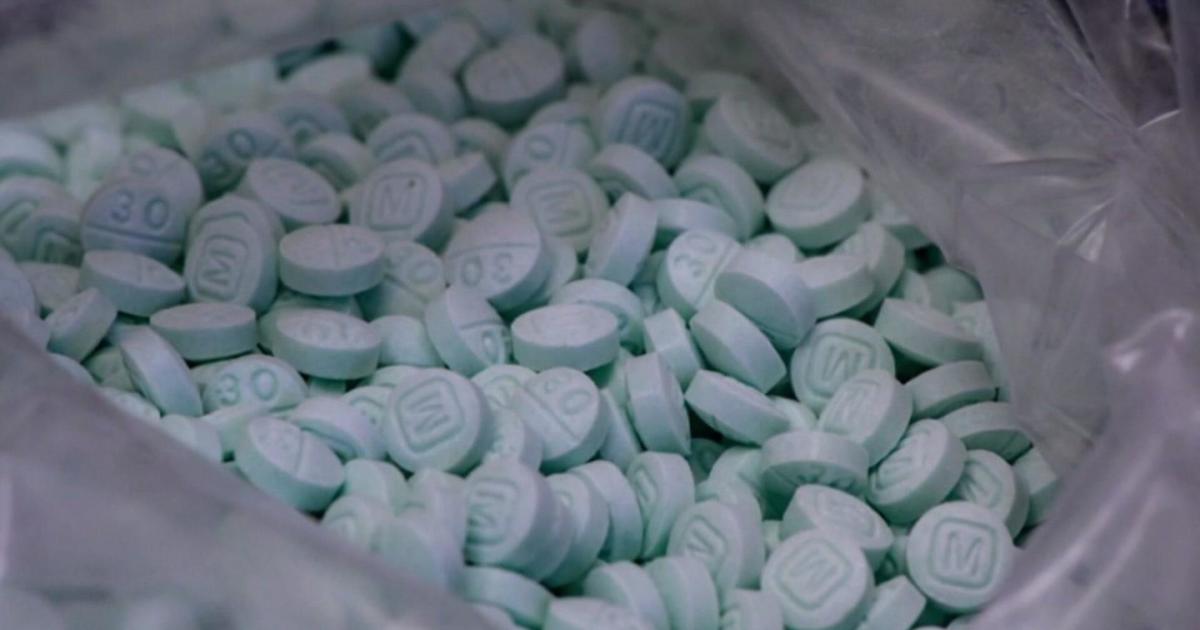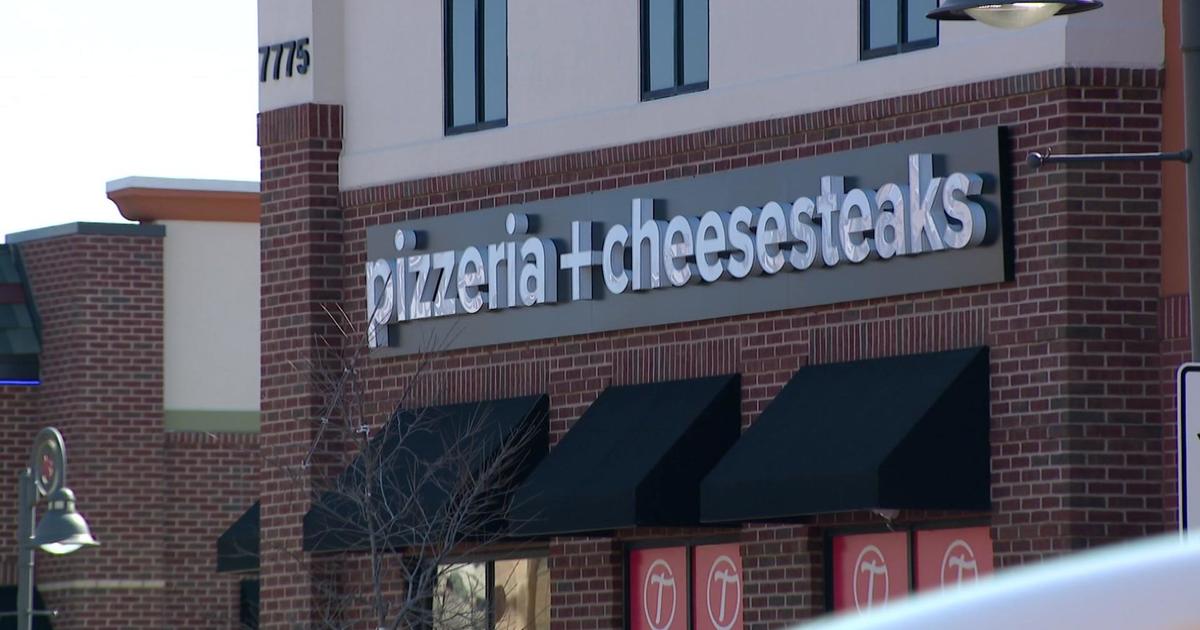Tips On Keeping Warm Without Paying A Huge Gas Bill
MINNEAPOLIS (WCCO) -- Before you tear open that December gas bill, prepare yourself. It could be double what it was last month.
With colder weather moving in again, natural gas companies caution it could further increase consumption, which has risen as temperatures have fallen this month.
"Consumption is 97 percent higher than last month due to temperatures that have been 36 percent colder than average for the first half of December," said Becca Virden, a spokesperson for CenterPoint Energy. "We're letting our customers know ahead of time so they can be prepared."
The change in consumption has pushed bills higher, even as the commodity price of natural gas has stayed steady, rising from $0.65 to $0.66 per therm in the past month, a negligible increase.
"Three things impact customers' bills: commodity prices, the economy and consumption," Virden said. "The only significant one of those factors (that has changed) in the past month is consumption."
CenterPoint Energy is offering customers advice to cut down on their usage, recommending the following tips:
Furnace: A furnace is the largest natural gas consumer, and typically makes up about 70 percent of your natural gas bill.
• Lower your thermostat to 68 degrees when you're home and 65 degrees when you're not. By lowering your thermostat 10 – 15 percent for eight hours a day, you can save up to 10 percent a year on your heating costs. Installing a programmable thermostat can help you automatically control your heat usage. Add on extra layers of clothing to keep warm.
• Change your air filters monthly. A dirty filter restricts airflow and can increase the operating cost of your furnace by as much as 10 percent. A good reminder is to change the filter each time you receive your natural gas bill.
Water heater: The water heater is the second-largest gas consuming appliance typically making up about 25 percent of your bill.
•Set the water heater temperature at 120 degrees and wrap any exposed water heater pipes and install a water heater insulator blanket around the tank. Lowering the temperature to 120 degrees from 140 degrees and insulating your pipes and water heater can save you up to 15 percent on your water heating costs.
Other appliances: Although they consume less natural gas, you can still maximize their efficiency.
•Run your washing machine, dish washer and gas dryer only with full loads.
Doors and Windows: Seal leaks around doors, windows and other openings such as pipes or ducts, with caulk or weather-stripping.
• The most common places where air escapes in homes are floors, walls, ceilings, ducts, fireplaces, plumbing penetrations, doors, windows, fans, vents, and electrical outlets.
•If it has been a while, consider adding more insulation in your attic.
•On sunny days, open draperies and blinds to let the sun's warmth in. Close them at night to insulate against the cold air outside.
CenterPoint also recommends customers take advantage of their energy efficiency programs, including rebates for high-efficiency natural gas heating and water heating equipment, electronic ignition direct-vent fireplaces, furnace and boiler tune-ups, and low flow devices, such as showerheads, spray valves and faucet aerators.
Offerings include low-income household home weatherization for customers whose income is at less than 50 percent of the Minnesota state-median income level and who own a residential structure of 1-4 units.



